RENEGADE GARDENER™
The lone voice of horticultural reason
Zen at Play
Sit quietly, doing nothing, spring comes, and the grass grows by itself.
— Zen saying
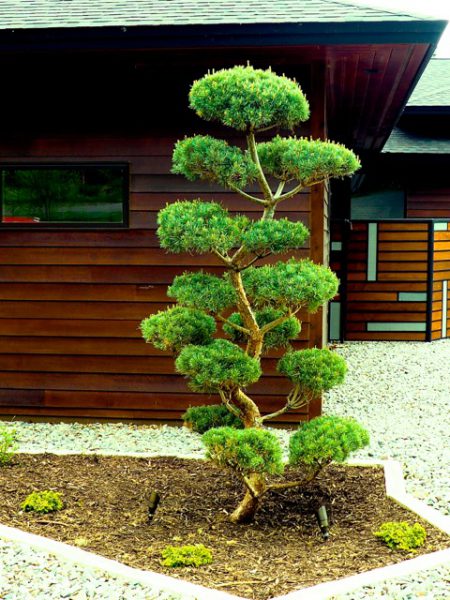
Pinus sylvestris ‘Bonna’ (Scotch Bonna Hindu Pan)
(05-15-17) – Says a lot, doesn’t it? Updating this site to a new format in January involved reviewing the 350,000+ words on gardening I’ve written over 22 years, for magazines, newspapers, portions of books and solely for the site itself.
And there it was: The first gardening article I wrote, 500 words for a suburban newspaper, published in 1995. The theme? Gardening is simple, but not always easy. I think it paid fifty bucks.
Our Zen friends above mirror the same sentiment, albeit it in far fewer words (kind of a Zen thing). They also impart their wisdom without monetary compensation, but then, Zen originated as a school of Mahayana Buddhism in China during the Tang dynasty, meaning they didn’t need to pay the IRS, come to fisticuffs with the cable provider, or keep decent tires on the Ford F150.
Still, theirs is perfect advice. Spring is the season where I am reminded that the principles behind nature are so resolute, so permanent and powerful, that the best choice for gardeners – the only choice – is to play along. Here’s some advice for getting the most out of your precious playtime this spring and summer:
Sit Quietly
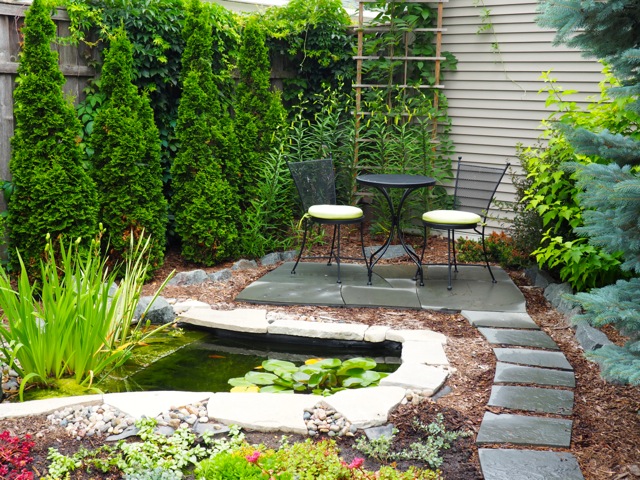
Especially in spring. Across many of the USDA gardening zones, staying out of the garden and overall landscape in early spring (April into May for most of us) is what’s best. Let nature do its thing. Tromping around in damp garden beds only compacts the soil more so than any time of year.
Oh sure, you cheaters out in Zone 7 and higher are already shearing shrubs by May, cutting flowers for graduation parties and probably harvesting melons, for all I know. But even those activities are predicated on the essential, not-easily-acquired gardening skill of keen observation. That’s what is implied in “sit quietly.”
Learn to know what you are seeing. You don’t need to understand the chemistry, biology, physiology, structure and genetics of what makes plants grow – nature knows that – you simply need to recognize when something you are doing, or aren’t doing, is harmful to the plant.
Shearing a shrub several times during the growing season, which is when one shears shrubs to promote fresh flushes of growth, starts by observing. Evergreen or deciduous, is the new spring growth about half to three-quarters along? No? Going to wait five days, a week? Don’t know? You didn’t observe last year.
More important, observing your plants every day and knowing what’s normal in their growth cycle is the key to recognizing immediately when something is going wrong.
Doing Nothing
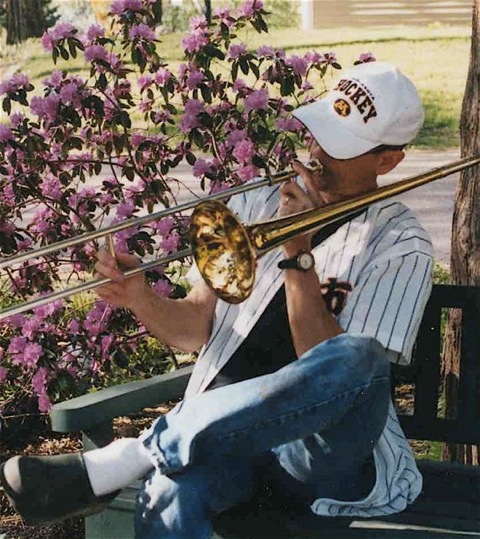
I’ll expand this to mean doing nothing that works against nature. Serenading your plants with the dulcet tones of the trombone certainly qualifies.
For instance, getting back to our hedge, the process of shearing a row of shrubs into a hedge is simple. You’re cutting off about half the new growth. It isn’t easy; you want to check that you are maintaining proper batter, that is, shaping the hedge so it is slightly wider at the base than at the top. That way the base receives the full available sunlight and doesn’t slowly recede into dead branches, which is nature slapping your hand.
You need to perform the task with the proper tools, removing the proper amount, at the proper time. Pruning after a plant has broken dormancy accelerates growth. Do it correctly, and nature will give you a hand in creating a lush, dense hedge.
Cutting fresh flower blooms from the cutting garden is also simple. Take bypass pruner, cut flower. But observe, and cut the flower stem, to your desired length, a quarter-inch above a leaf node. Nature doesn’t have to deal with a fungal disease that may attack weakened, browning stems.
It’s the same with pruning shrubs or pruning a large branch from the trunk of a tree. Prune flush to the collar and nature will oblige the tree to grow over the wound and heal itself. Leave a short stump, or prune your tree at the wrong time, and you work against nature. The wound is now an entrance point for insect infestation.
Spring Comes
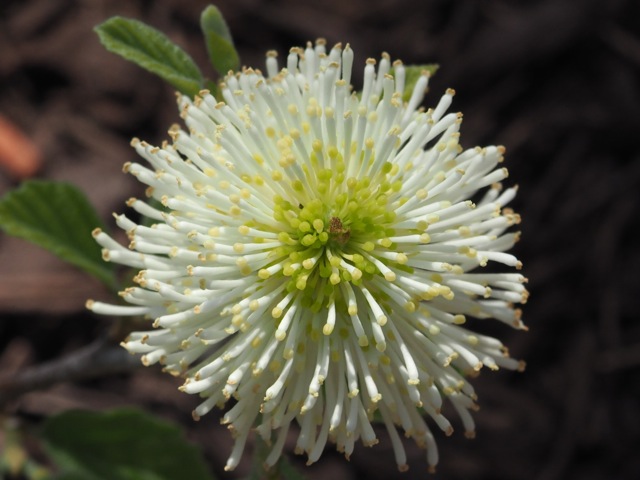
Honey-scented spring flower on Fothergilla ‘Mount Airy’
It’s inevitable. We play no part. Sometimes a freak, late frost comes after early spring-blooming shrubs such as rhododendron, daphne, fothergilla or forsythia and small trees such as crabapple and magnolia have set their flower buds, or emerged into full flower. Their much-awaited spring color show is brought to an abrupt end. Disastrous to the gardener, but of no concern to nature.
It has happened to these plants hundreds of times before, it will happen again, and the plant can handle it. Plants do not produce flowers for the delight of their human captors. They flower in order to produce seed, and if they miss a year, well, that’s within nature’s realm of normalcy.
The Grass Grows By Itself
Garden long enough and we learn that often the less we do, the better things grow. Pruning the base branches of young evergreen trees and shrubs in the mistaken belief that it will increase air circulation or that somehow it’s just “good for the plant” inevitably leads to early decline in vitality.
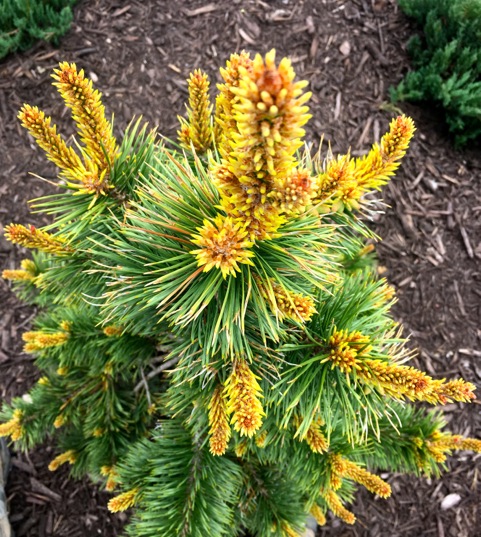
Spring candles on Pinus contorta ‘Taylor’s Sunburst’
Fertilizing can help, if the soil in which we are gardening is not suitable for the plants we attempt to grow. OK, nature will reward us, but will thank us even more if we add (or subtract) the organic materials so the soil replicates the type of soil that caused its native forefathers to flourish in nature. It’s always better for the soil to feed the plant than human concoctions of organic or synthetic chemical life-support systems.
We fret about damage to our gardens from deer, rabbit and moose (hello, my Alaska readers) and the neighbor’s dog, forgetting that we are the ones creating a banquet table for wildlife, then becoming angry when the guests arrive. Well, build a fence. Start a campaign of repellents. Don’t grow that anymore.
Fungal diseases and insect devastation of plants in our gardens dishearten and cause us to take action, but walk through the wilderness and you’ll often see mild to massive devastation of native plants from these same marauders. A drought is naturally occurring, or a not abnormal period of “too much” rain. After years of peace, armyworms or tent caterpillars are suddenly everywhere, devouring seemingly every plant in their path.
All that happened was that a cool, wet spring was followed by warm, humid weather favoring the development of a larger than “normal” armyworm population. Tent caterpillars run in natural cycles, meaning that every eight to ten years they mount a major attack, lasting for several years before it dwindles. You can spray, but you will not win.
You’re up against nature, after all. Some of your trees may be devastated, but only according to your timeline. One hundred, two hundred years from now, the next generations of quaking aspen, balsam, oaks and birches will remain. They’ve seen it all before.
The grass grows by itself.
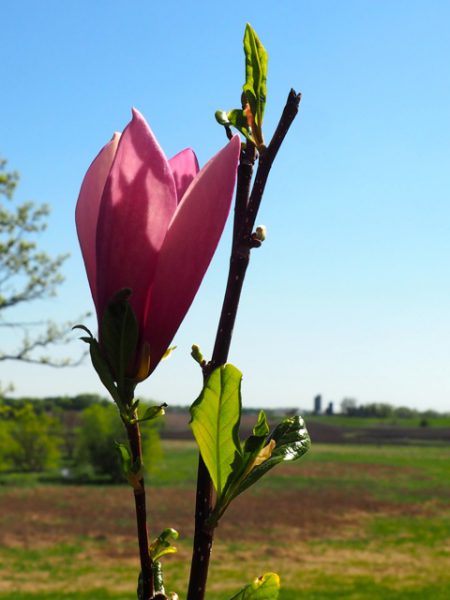
Hey, this is my final new Current Column until I resume writing for the site on November 1st. It’s time for me to dive into 60-hour workweeks as I engage in my Twin Cities landscaping business. June through October I will take a moment to post some of my favorite and most popular articles from the Archives. So there still will be updates to the Home Page article on the first of each month, and those of you who have signed up for email alerts will be notified.
Happy spring, everybody. Continue to peruse the site and shoot me emails. I wish you all a grand season of gardening.
Don Engebretson
The Renegade Gardener